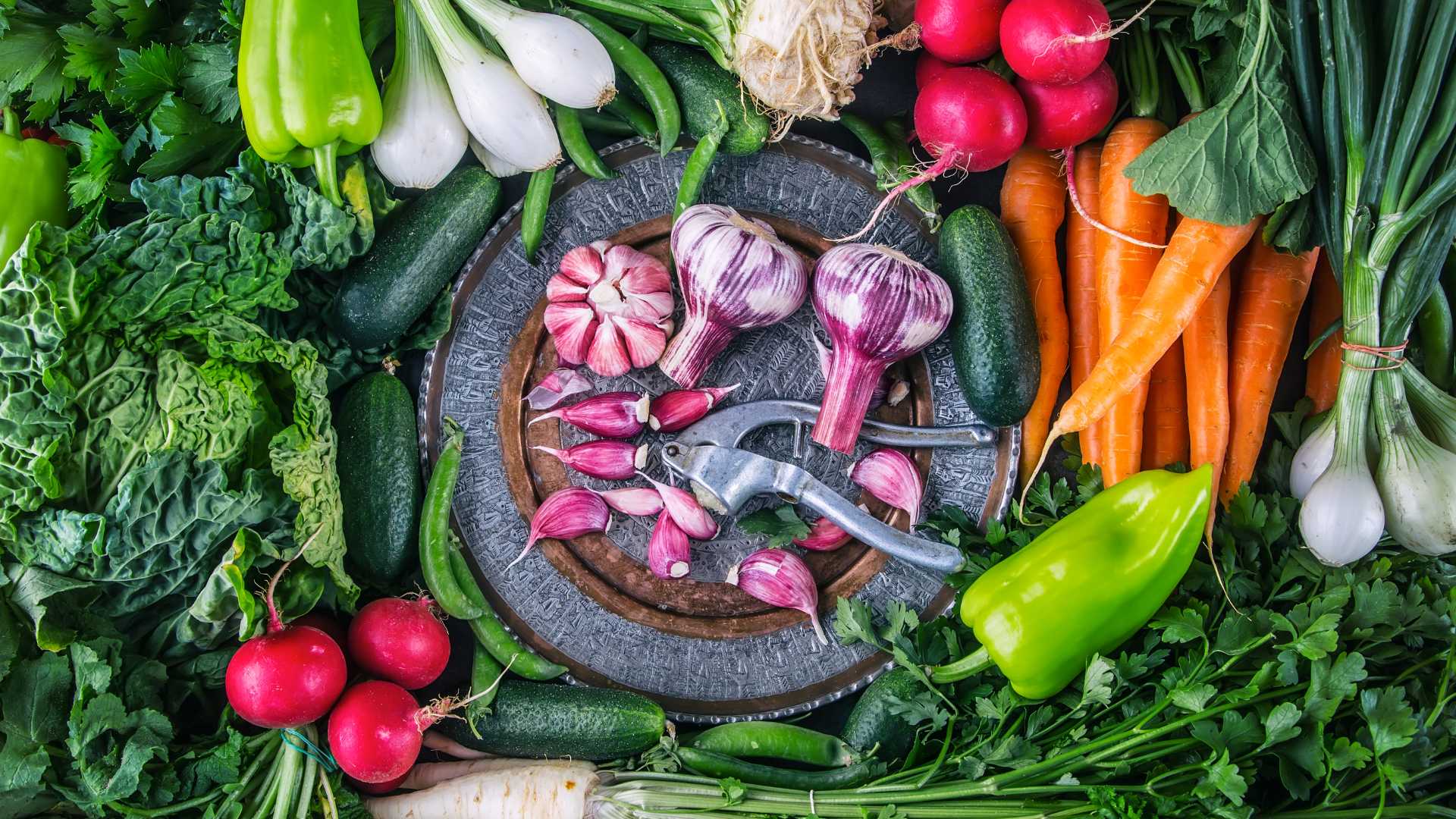The benefits of variety can be obtained from the consumption of fruits and vegetables, such as vitamins, minerals, and antioxidants. Fruits and vegetables also bear the title as a food ingredient with low calorie and carbohydrate content. As a result, these foodstuffs are the target of local and international markets. Turning to the local market, did you know that Indonesia has done a lot internationally when it comes to fruit and vegetable production?
Domestic production of the highest quality ever sold to neighboring countries. To be precise, entering 2016 when mangosteen fruit commodities from Indonesia were exported to 29 countries. Not only mangosteen, cabbage, mustard greens, and cauliflower are also eyed by the international market. At least 40,240 tonnes and 77 types of vegetables have been sent to Taiwan, Malaysia, Singapore, Thailand, and the Netherlands. These countries are ready to accommodate many of the archipelago’s agricultural products, as quoted from agriturism.go.id. Then followed by fruits such as round coconuts which were sent to China, Thailand, Japan, and 16 other countries. Including bananas which are also the target of countries such as Japan, China, and Malaysia.
With such conditions, it can be said that horticultural products such as fresh fruits and vegetables are in great demand in various countries. With a brief explanation too, there’s nothing wrong with knowing the potential of Indonesia’s fresh fruits and vegetables and what needs to be prepared for the export market.
Increasing Agricultural Production
Several Indonesian agricultural commodities that are often exported have experienced an increase. For example avocados from 410 thousand tons in 2018, rose to 461 thousand tons in 2019. Then bananas from 7.264 million tons in 2018, a slight increase of 7.280 million tons in 2019. Then there was ginger from 6,357 tons in 2019, an increase. to 80,926 tons in 2020. The next mangosteen with a total production of 228 thousand tons in 2019, increased to 246 thousand tons in 2020.
Even though Indonesia is still shrouded in the Covid-19 pandemic, it turns out that there is still good news coming from the Indonesian agricultural sector. The Central Statistics Agency (BPS) stated that the gross domestic product (GDP) of weapons in the fourth quarter of 2020 grew 2.59 percent year on year (YoY). According to them, the growth occurred because food crops increased by 10.47 percent. This was triggered by an increase in the number of crops including the production of rice, corn and cassava. Not to mention the high demand for fruit and vegetables during the Covid-19 pandemic which resulted in horticultural commodities growing 7.85 percent.


